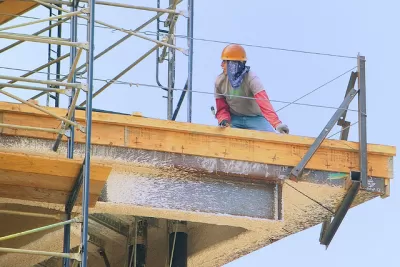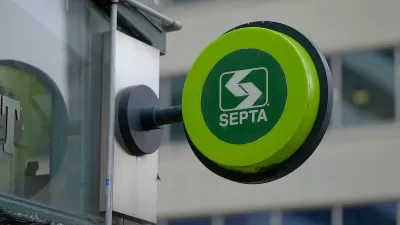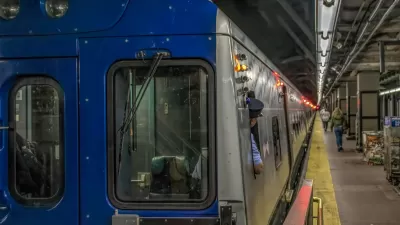With an aging workforce and few new workers entering the sector, cities could find themselves short of the workers needed to build and maintain projects funded by the Infrastructure Investment and Jobs Act.

According to a Brookings Institution report, the infrastructure sector is facing a ‘silver tsunami’ as a large portion of the workforce reaches retirement age, prompting concerns about who will build the many infrastructure projects being pushed through thanks to federal funding. As Kery Murakami writes in Route Fifty, “The Bureau of Labor Statistics projects that 1.7 million people employed in the infrastructure sector will leave their jobs each year between 2021 and 2031.”
This is due in large part to the demographics of the infrastructure workforce. According to Murakami, “nearly three-fourths of transit and intercity bus drivers are 45 years old or older, as are 55.7% of power distributors and dispatchers and 53.8% of rail yard engineers.” The situation is even more dire in the transit sector, where “Up to 50% of bus maintenance employees are eligible to retire in the next three to five years.” Meanwhile, “Only 11% of infrastructure workers are 24 years or younger.”
The difficulty of infrastructure jobs also means fewer young workers are entering the industry, and more workers are opting out. “The number of workers leaving jobs in construction, transportation, warehousing, and utilities for other jobs grew by almost 20% last year.”
FULL STORY: The ‘Silver Tsunami’ Expected to Hit the Infrastructure Sector

Alabama: Trump Terminates Settlements for Black Communities Harmed By Raw Sewage
Trump deemed the landmark civil rights agreement “illegal DEI and environmental justice policy.”

Planetizen Federal Action Tracker
A weekly monitor of how Trump’s orders and actions are impacting planners and planning in America.

Why Should We Subsidize Public Transportation?
Many public transit agencies face financial stress due to rising costs, declining fare revenue, and declining subsidies. Transit advocates must provide a strong business case for increasing public transit funding.

Judge Orders Release of Frozen IRA, IIJA Funding
The decision is a victory for environmental groups who charged that freezing funds for critical infrastructure and disaster response programs caused “real and irreparable harm” to communities.

‘Clybourne Park’ Sets Stage for Housing Equity Discussions
Clybourne Park, a play exploring race, real estate, and community tensions, can set the stage for discussion on the lasting impacts of housing discrimination, gentrification, and the fight for affordability.

Understanding Road Diets
An explainer from Momentum highlights the advantages of reducing vehicle lanes in favor of more bike, transit, and pedestrian infrastructure.
Urban Design for Planners 1: Software Tools
This six-course series explores essential urban design concepts using open source software and equips planners with the tools they need to participate fully in the urban design process.
Planning for Universal Design
Learn the tools for implementing Universal Design in planning regulations.
Caltrans
Smith Gee Studio
Institute for Housing and Urban Development Studies (IHS)
City of Grandview
Harvard GSD Executive Education
Toledo-Lucas County Plan Commissions
Salt Lake City
NYU Wagner Graduate School of Public Service





























